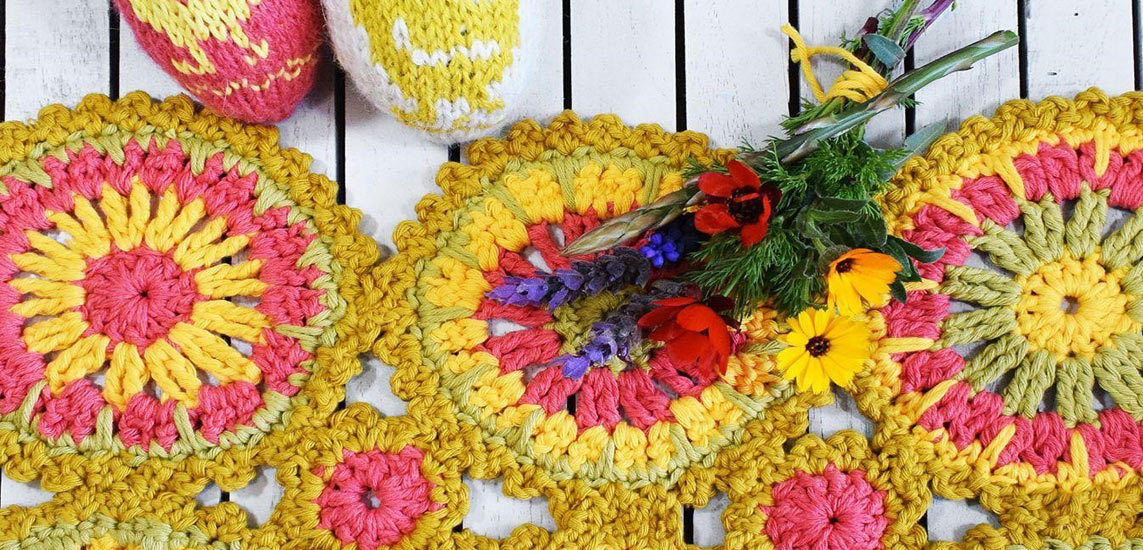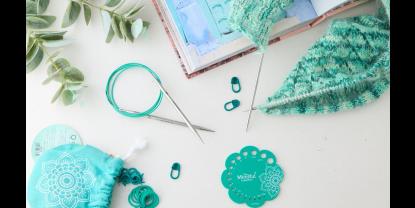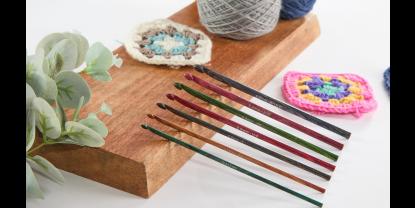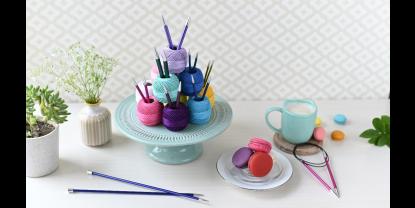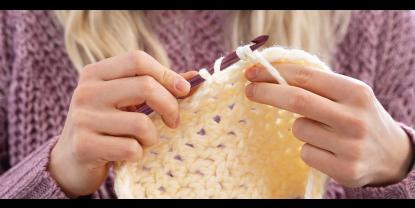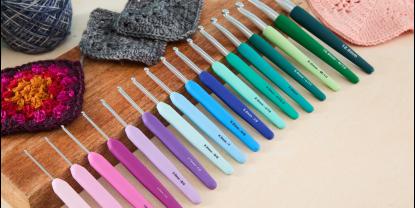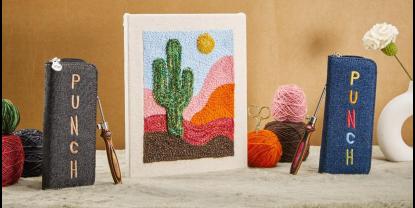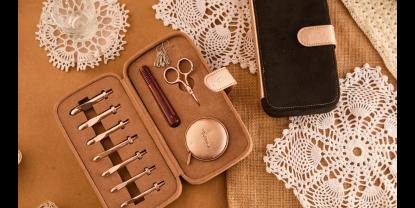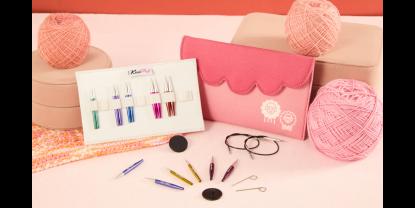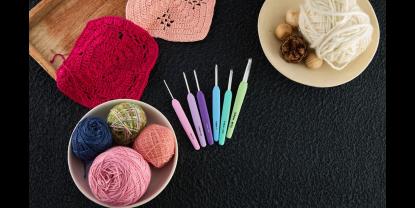Easter is a time of celebration and renewal in many cultures, and what better way to mark the occasion than with hand-knit or crocheted decorations? They are a great way to explore new patterns and techniques while working through your yarn leftovers.
While pastel shades of pink, blue, green, and yellow are classic choices for Easter decorations, there are no hard and fast rules about what shades to use. In this blog post, we'll explore some festive ideas you might consider using for decorating your Easter table. Ultimately, the colours and patterns you choose should reflect your style and preferences, so have fun and enjoy creating a beautiful and festive home for the holiday season.
Bunny and Chicken Easter Eggs
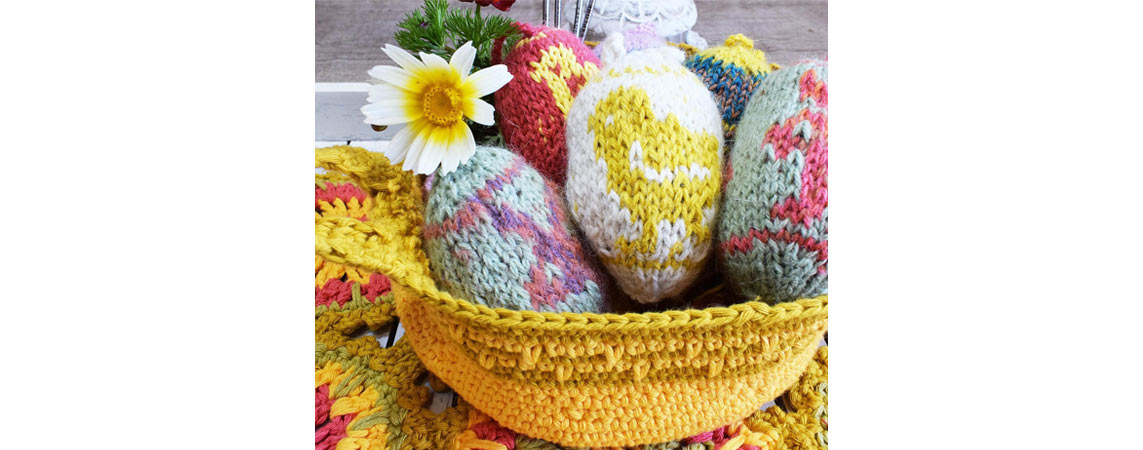
Eggs have long been a staple of Easter traditions, representing new life and rebirth. This symbol of spring was often gifted to celebrate the arrival of a new season and the renewal of life.
The custom of decorating eggs for Easter is said to have originated in ancient Mesopotamia and later spread across the globe. However, the introduction of the Easter bunny is a bit more recent. The first mention of this beloved character was in a 15th-century German children's story. This tale also established the popular game of searching for hidden, colorful Easter eggs.
Our Fair Isle Bunny and Chicken knitted eggs are easy to recreate and make a great addition to your Easter nest or as eyecatchers on a festive bouquet. They have been knitted on sturdy stainless steel double-pointed needles from our Mindful Collection which are slightly galvanized, so even when you just have a few stitches on each needle, the stitches won’t slip off the tips.
You’ll need: Dpns, size 2.5 or 3 mm, fingering weight yarn or sports yarn, a stitch marker to mark the beginning of your pattern, scissors and darning needle.
Cast on 9 stitches on three double-pointed needles and close to a round by knitting all stitches.
2nd round: Knit 2 sts., * 1 yarnover (YO), knit 1 *, repeat. You should now have 15 sts. on your needles..
3rd round: Knit all stitches, working yarnovers into back of the loop to avoid a hole.
4th round: Knit 2, * 1 YO, knit 1 *, repeat *-*. You should have 27 sts. in total.
5th - 7th round: K all sts.
Start your Fair Isle pattern in the 6th or 7th round, depending on how large you want to have your egg. Each pattern should fit twice.
8th round: add 9 more yarnovers evenly distributed between the pattern repetitions not to disrupt your pattern. You should now have 36 sts. in total.
9th to 18th round: knit all stitches.
19th round: * knit 2, knit 2 together * evenly distributed between your patterns in order to only disrupt the chart once you have 27 sts.
20th round: knit all stitches.
21st round: * knit 1, knit 2 together *, repeat *-* = 19 sts.
22nd round - 24th round: knit all stitches..
25th round: Knit 1, then knit all stitches together = 10 sts.

To finish cut the thread, but leave 50 cm [20”] to crochet the loop. Fill egg with stuffing or yarn tails, then with a darning needle weave the thread through all the remaining stitches and pull tight.
With a crochet hook, size 2.5 mm or 3 mm create a slip knot with the remaining thread, then crochet 22 chain stitches. To fasten the loop Insert the hook through the top of your egg and make a slip stitch. Pull through and cut the thread.
Mindful Mandala Placemats
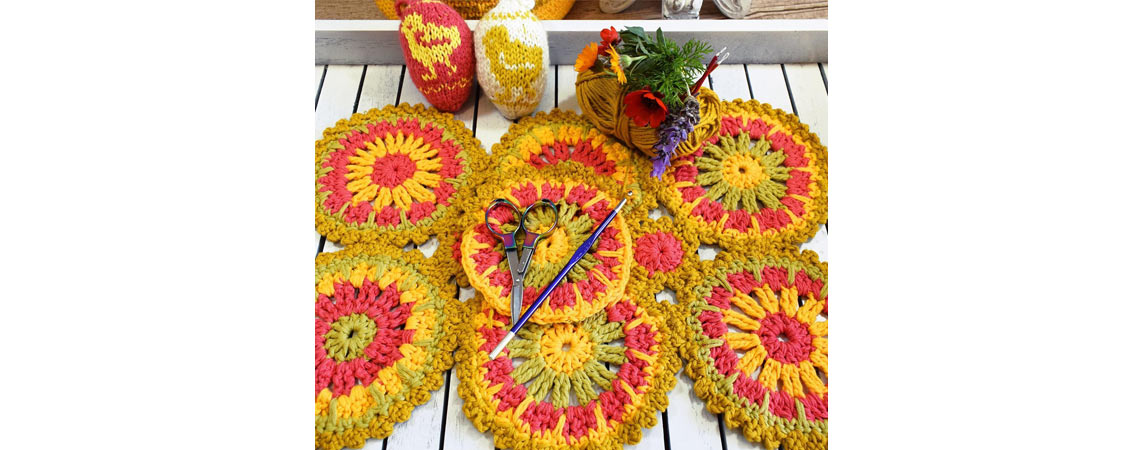
Brighten your festive table or surprise your loved ones with these colourful placemats. The pattern includes a few simple techniques and stitches and consists of six larger circles of 4 colours plus two smaller circles that are later sewn together to form a rectangle. It can be easily and quickly crocheted using cotton or linen yarn.
For four mats you’ll need: a Crochet hook, size 4 or 4.5 mm, 100 g of cotton or linen yarn in four different colours (400 g of yarn in total), scissors and darning needle.
With our 1st colour, start with a slipknot and 5 chains connected to a ring by inserting the hook into the first chain.
1st Round: Chain 2, then make 12 double crochets (treble crochets in UK terms) around your chain ring and close the round by making a slip stitch into the first double crochet.
2nd Round: With your 2nd colour, make 4 chains and 1 treble crochet (double treble in UK terms), after that two treble crochets plus 1 chain (double treble in UK terms) into each stitch and close the round with a slip stitch.
3rd Round: With your 3rd colour, crochet 2 DC (treble in UK terms) plus 1 chain into each stitch.
4th Round: With your first colour make a single crochet into every stitch and a spike half double crochet (double crochet in UK terms) into the row below after every 4 stitches. Close the round with a slip stitch into the first stitch.
5th Round: With your fourth colour craft a picot edge: *1 single crochet into every second stitch, plus 3 chain stitches that are fastened into the same stitch with a slip stitch, chain 1*. repeat *-*.
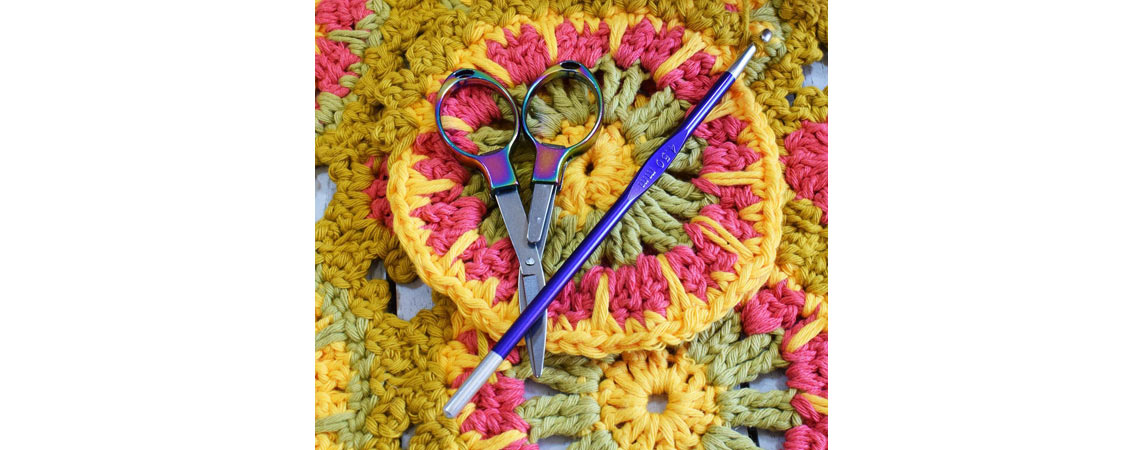
For the smaller circle, crochet rounds 1, 2 and 5 as described above.
Sew all pieces to a rectangle with a darning needle and weave in all ends.
We hope you have enjoyed creating these patterns with the intuitive and ergonomic tools and accessories from KnitPro, and we look forward to seeing your pictures and reels on your social media accounts. Don’t forget to tag us @knitproeu.


